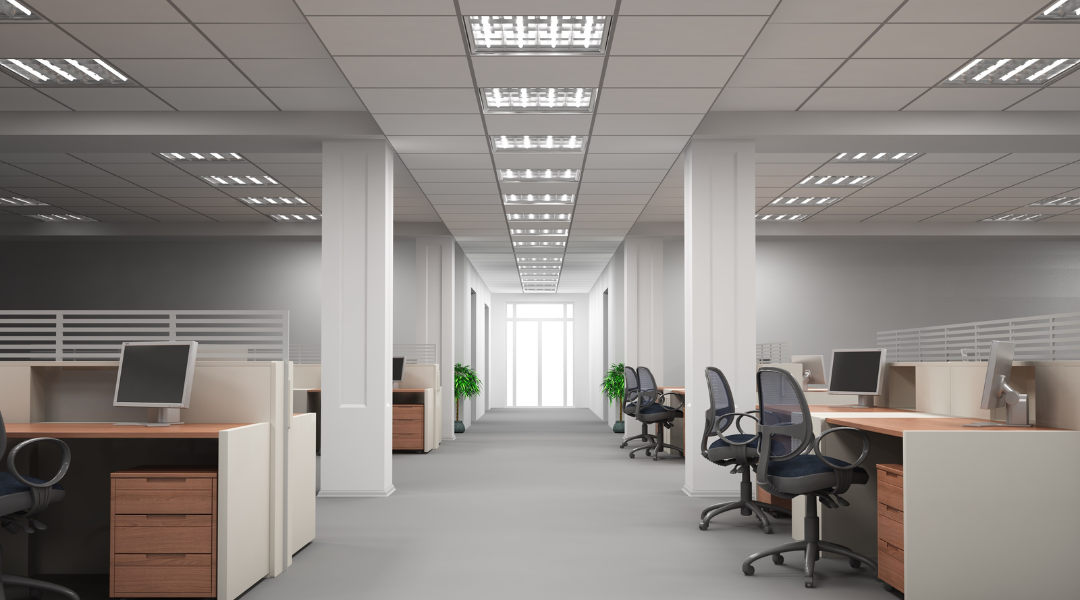Building Management Systems Checklist for Commercial Premises
The efficient management of commercial premises is paramount for operational success, cost control, and occupant comfort. A robust Building Management System (BMS) acts as the central nervous system of a modern building, integrating various systems to ensure optimal performance. However, implementing a BMS requires careful planning and a clear understanding of essential requirements. This checklist outlines key considerations for commercial premises, ensuring your BMS is comprehensive, effective, and future-proof.
Key Requirements for a Comprehensive BMS
A well-designed BMS should encompass a range of functionalities to address the diverse needs of a commercial building. Neglecting any of these areas can lead to inefficiencies, increased operating costs, and potential safety hazards.
1. Energy Monitoring and Management
Effective energy management is crucial for reducing operational costs and achieving sustainability goals. A BMS should provide granular control and monitoring of energy consumption across all building systems.
Real-time Energy Consumption Tracking: Monitor electricity, gas, and water usage across different zones and equipment.
Historical Data Analysis: Track energy trends over time to identify anomalies and opportunities for improvement.
Peak Demand Management: Implement strategies to reduce energy consumption during peak periods, lowering utility bills.
Sub-metering: Allow for detailed billing and cost allocation for different tenants or departments.
Reporting and Analytics: Generate customisable reports on energy performance, helping to inform decision-making.
2. Heating, Ventilation, and Air Conditioning (HVAC) Control
Optimising HVAC systems is vital for occupant comfort and energy efficiency. A BMS should offer precise control over temperature, humidity, and air quality.
Zonal Control: Independently manage heating and cooling in different areas of the building based on occupancy and preference.
Scheduled Operation: Programme HVAC systems to operate according to occupancy schedules, minimising energy waste during unoccupied hours.
Set Point Management: Allow authorised personnel to adjust temperature set points within defined ranges.
Fault Detection and Diagnostics: Identify and alert on HVAC system malfunctions, enabling proactive maintenance.
Fresh Air Management: Integrate with air quality sensors to ensure adequate ventilation and indoor air quality.
3. Lighting Control
Intelligent lighting control can significantly reduce electricity consumption and enhance the building's aesthetic appeal and functionality.
Occupancy Sensing: Automatically turn lights on/off based on presence, reducing energy waste in empty spaces.
Daylight Harvesting: Utilise natural light to dim or turn off artificial lighting, optimising energy use.
Scheduled Lighting: Programme lighting scenes and schedules for different times of day or specific events.
Dimming and Scene Control: Provide flexibility to adjust lighting levels and create custom lighting environments.
Emergency Lighting Integration: Ensure emergency lighting systems are functioning correctly and can be activated when needed.
4. Security and Access Control
Integrating security systems into the BMS provides a centralised platform for monitoring and managing building access and safety.
Access Control: Manage entry and exit points, issue access credentials, and monitor door status.
CCTV Integration: Link surveillance cameras to the BMS for real-time monitoring and event recording.
Intruder Detection: Integrate with alarm systems to detect unauthorised entry and trigger appropriate responses.
Security Event Logging: Maintain a detailed log of all security events for auditing and investigation.
Visitor Management: Streamline visitor registration and access privileges.
5. Fire Detection and Life Safety
A BMS plays a critical role in ensuring the safety of occupants during a fire or other emergency, facilitating rapid response and evacuation.
Fire Alarm System Integration: Receive alerts from fire detection systems and trigger predefined safety protocols.
Smoke Control: Activate smoke extract fans and open/close dampers to manage smoke spread.
Emergency Lighting Activation: Ensure emergency lighting illuminates escape routes.
Evacuation Procedures: Automate messages, alarms, and door releases to facilitate safe evacuation.
Intercom and Public Address Systems: Integrate for emergency announcements and communication.
Other Relevant Considerations
Beyond the core functionalities, a comprehensive BMS should also consider these additional aspects:
Water Leak Detection: Install sensors to detect water leaks early, preventing extensive damage.
Lift Monitoring: Monitor lift status, usage, and fault conditions for proactive maintenance.
Power Management: Monitor power quality, surge protection, and integrate with uninterruptible power supplies (UPS).
Integrated Building Analytics: Utilise data from all connected systems to gain insights into building performance and identify areas for optimisation.
Remote Access and Control: Allow authorised personnel to monitor and manage the BMS from off-site locations via secure interfaces.
Scalability and Flexibility: Ensure the BMS can be easily expanded and adapted to future needs and technology advancements.
User Interface and Reporting: Provide an intuitive and user-friendly interface for monitoring, control, and generating customisable reports.
By meticulously addressing these requirements, businesses can implement a robust BMS that delivers significant benefits in terms of efficiency, cost savings, security, and occupant well-being. Don't compromise on the integrity of your commercial premises; get in touch with us today to discuss how a professional BMS can transform your building management strategy.
Frequently Asked Questions
-
A Building Management System (BMS) is a computer-based control system installed in buildings that monitors and manages the building’s mechanical and electrical equipment, such as HVAC, lighting, power systems, fire systems, and security.
-
A BMS is crucial for commercial premises as it optimises energy consumption, enhances operational efficiency, improves occupant comfort and safety, and provides centralised control and monitoring of various building systems, leading to significant cost savings and better management.
-
Absolutely. A BMS can significantly improve energy efficiency by providing real-time energy monitoring, enabling scheduled operation of systems, implementing zonal control for HVAC and lighting, and leveraging daylight harvesting and occupancy sensing to reduce waste.
-
A BMS integrates with security and access control systems, allowing for centralised management of entry points, CCTV surveillance, intruder detection, and security event logging, enhancing the overall security posture of the commercial premises.
-
Yes, most modern BMS solutions offer secure remote access capabilities, allowing authorised personnel to monitor and control building systems from off-site locations via web interfaces or dedicated applications, providing flexibility and rapid response capabilities.

